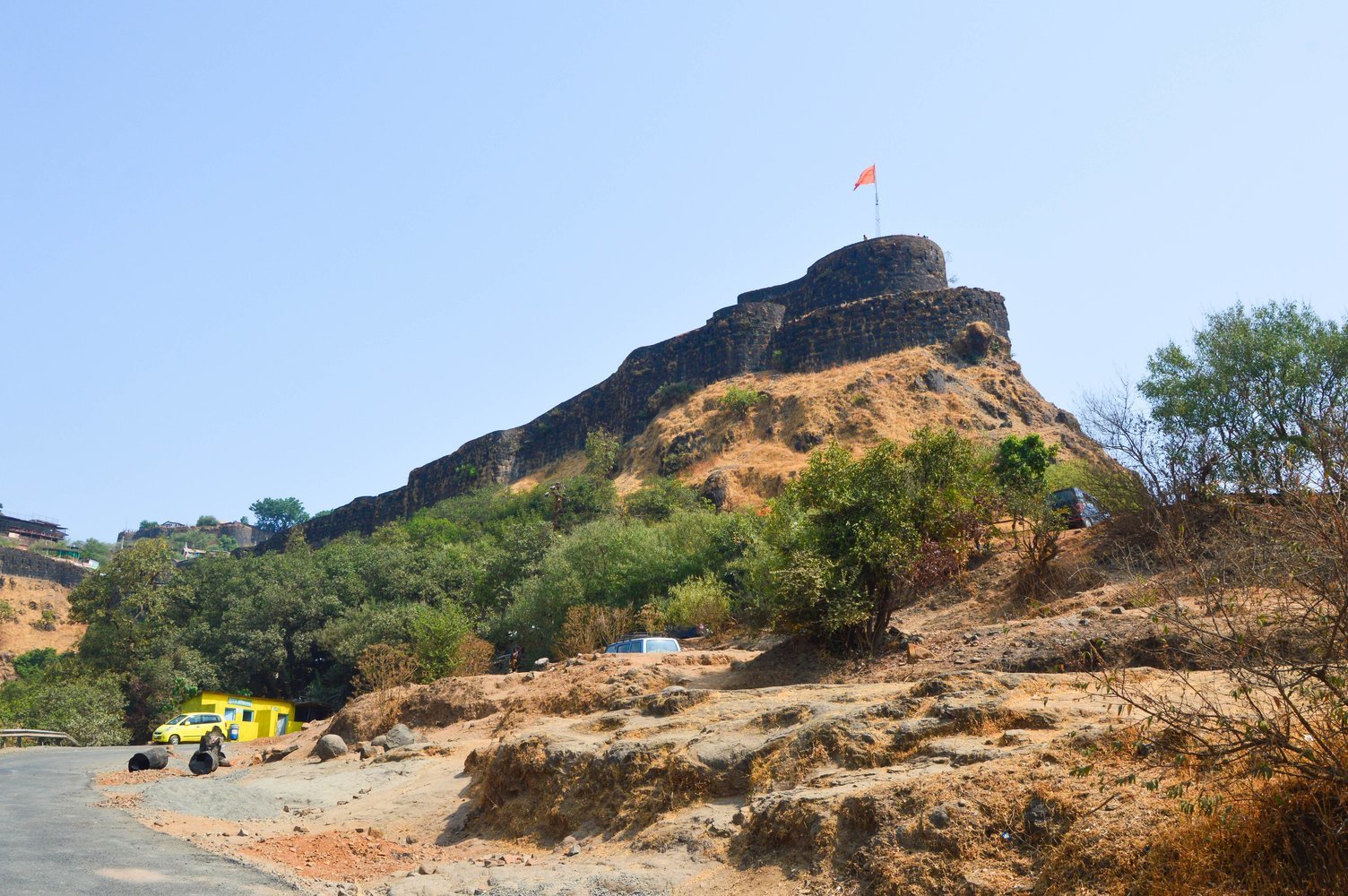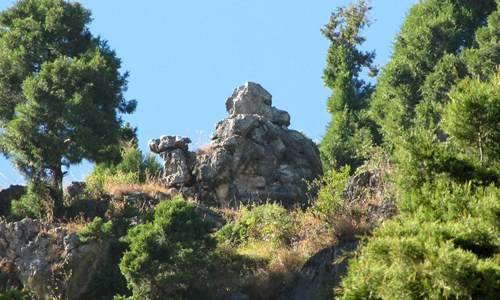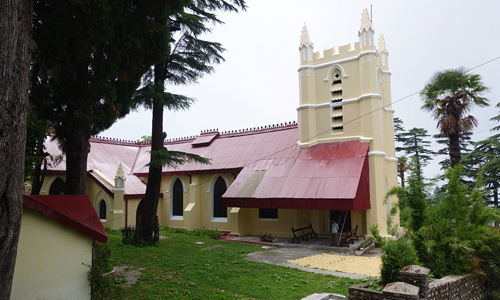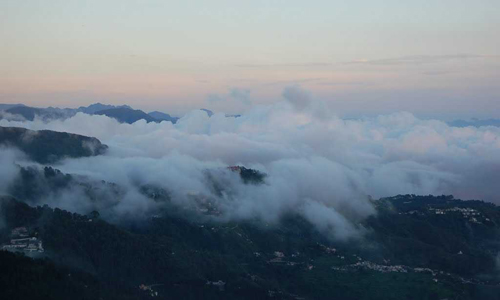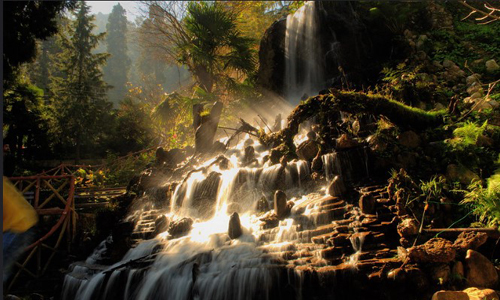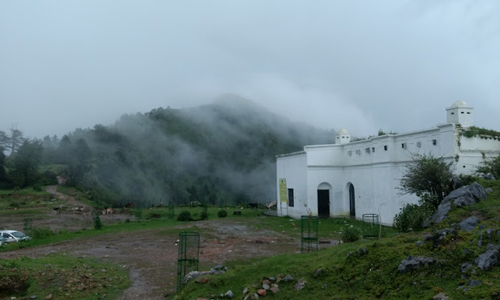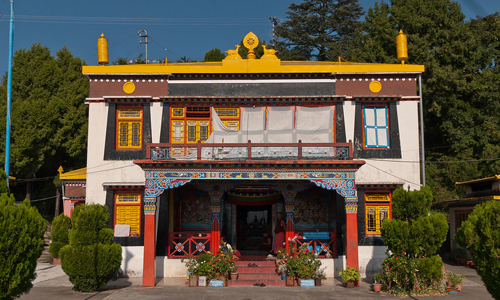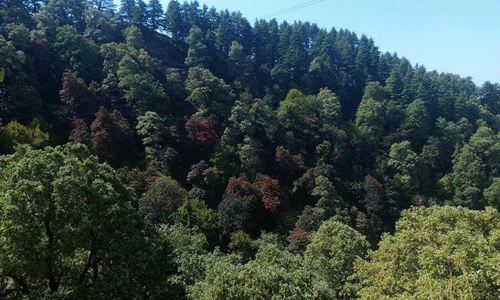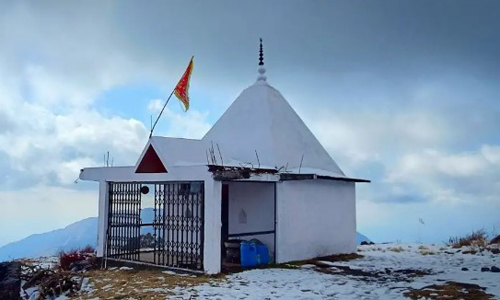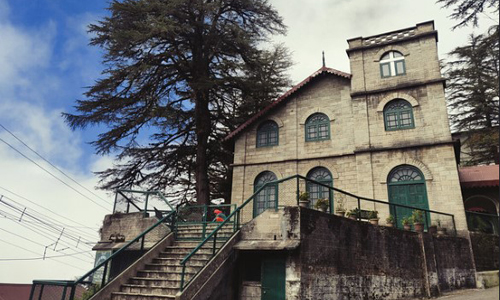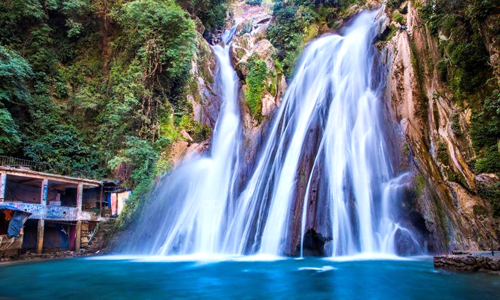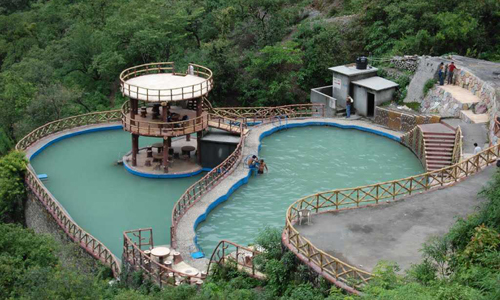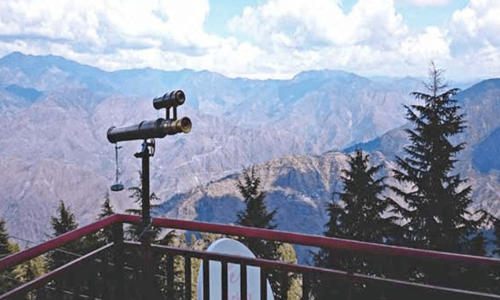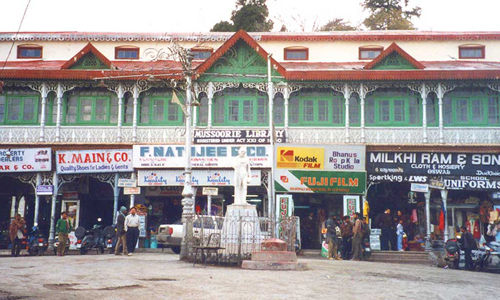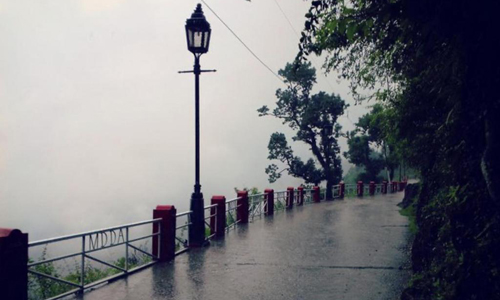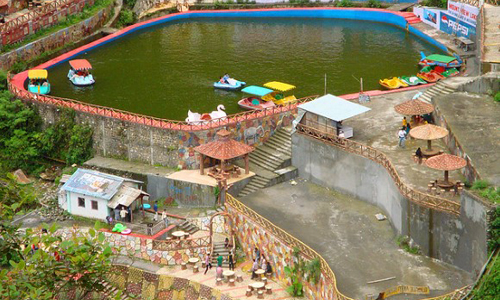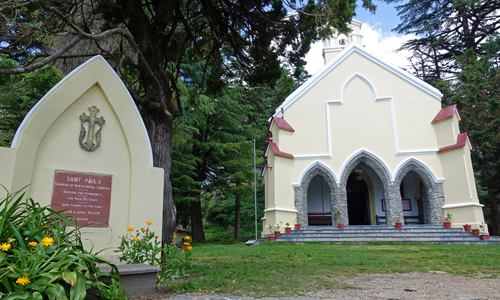In the Chakrata region sits a renowned temple called Lakhamandal. Lord Shiva is the Temple's deity. On the grounds of Lakhamandal, there are still remnants of many temples. The material chosen to create this Shivling is graphite, which lights when we apply water.
History
Lakhamandal has a strong connection with the Mahabharata. In the Shellac palace (Lakshagraha), Duryodhan attempted to kill the Pandavas by setting them on fire. There is a historic temple with exquisite design. The distinctive culture of the Uttarakhand region of Jaunsar is on display here. When travelling to Yamunotri, Lakhamandal is conveniently accessible. This MUSSOORIE TOUR PACKAGE is a must-visit for history lovers.
Lakhamandal is home to an old temple dedicated to Lord Shiva. Numerous Shiva Lingas are visible lying outside the temple grounds. There are countless ancient sculptures and statues scattered across the temple site. The idols of two doorkeepers are visible from the outside of the Temple. Each one was standing in front of a large Shivlinga.
It is said that if a deceased person's corpse was placed between these doormen in the past, they might revive them for a short period. The resurrected individual becomes Ram and attains Nirvana after coming to life again.
The Temple is for Lord Shiva. The graphite lingam, which glows when water is poured on it, is the focal point of this Hindu shrine—two six-foot statues of the Temple's sentinels, known as Dwarapalakas. Also, idols of Lord Shiva, Goddess Parvati, Lord Kartikeya, Lord Ganesha, Lord Vishnu, and Lord Bajrangbali are inside the Temple. Some believe that the statues of Dwarapalakas symbolize the Pandava brothers, Bhima and Arjuna.
How many Shivlings are there in Lakhamandal?
It is believed that more than 1.25 lakh Shiva lingams are buried close to the Lakhamandal Temple. Many of the ones found by the Indian Archaeological Survey are on exhibit. The Temple is a must-visit among places to visit in Mussoorie, especially if you like history and mythology.


